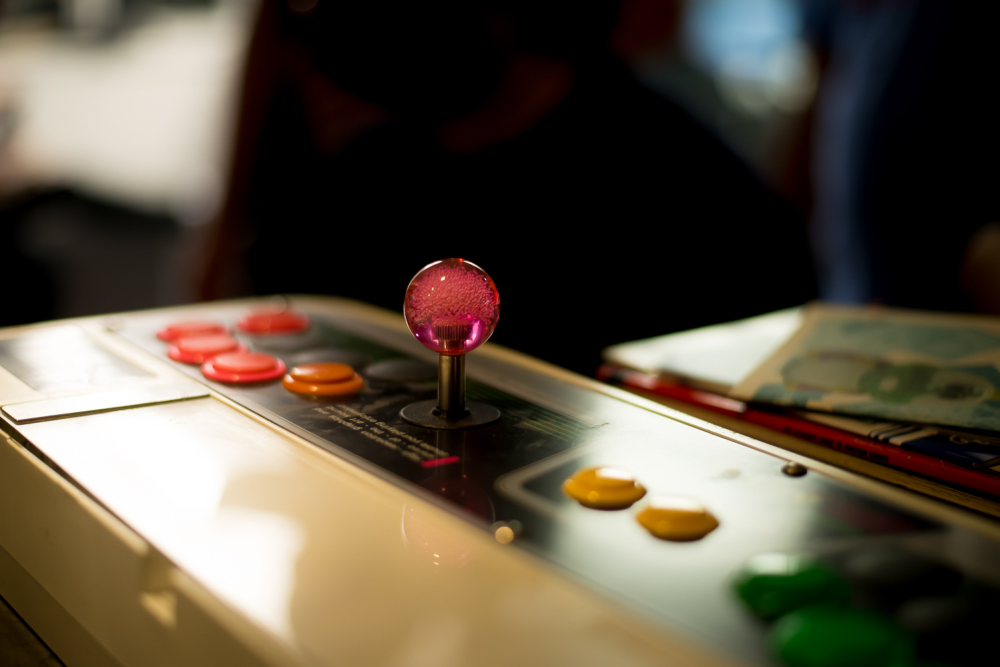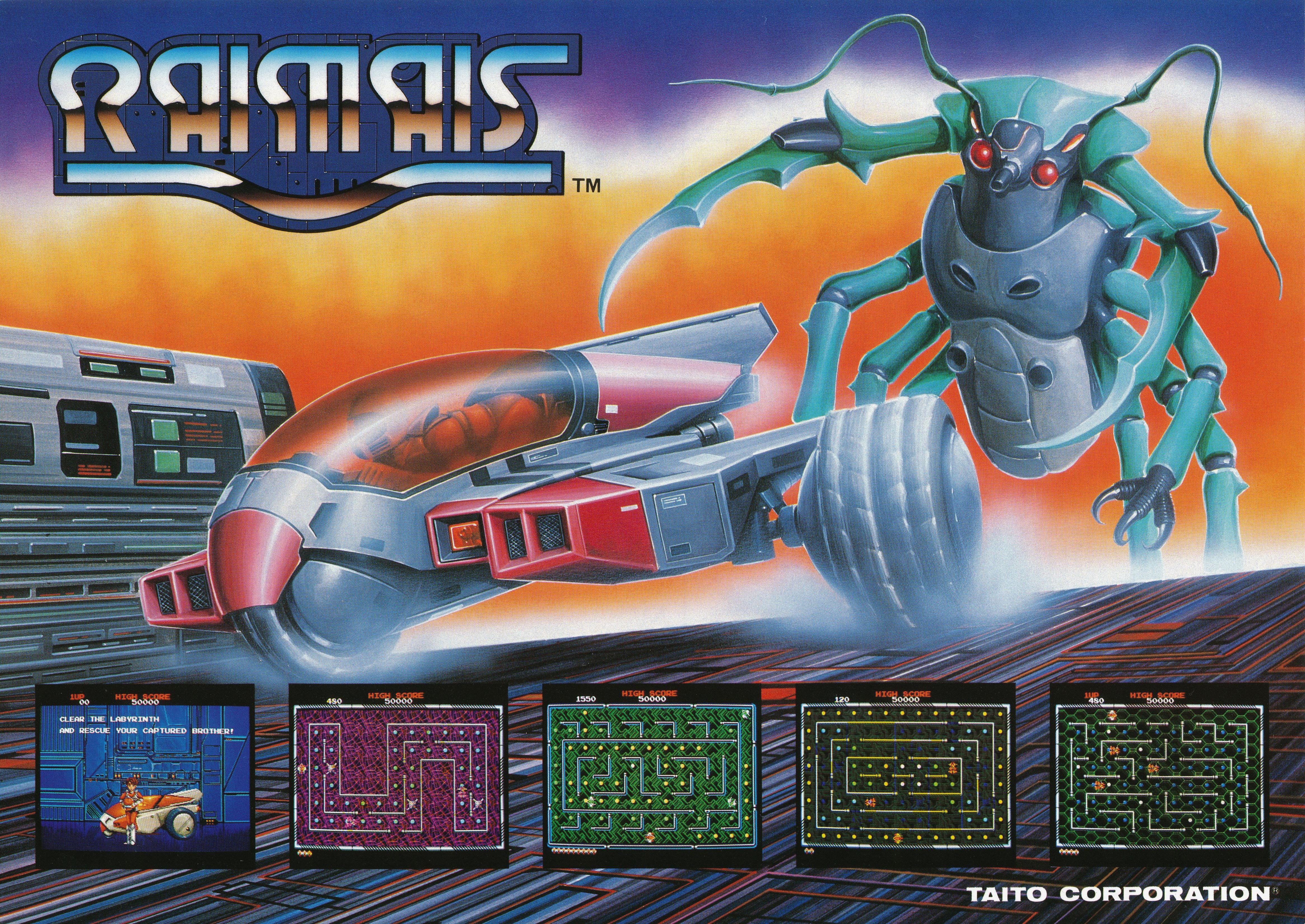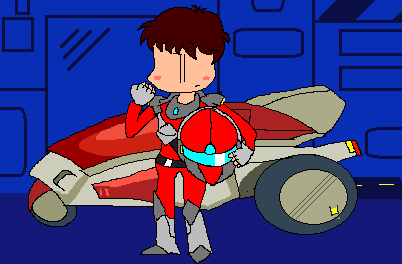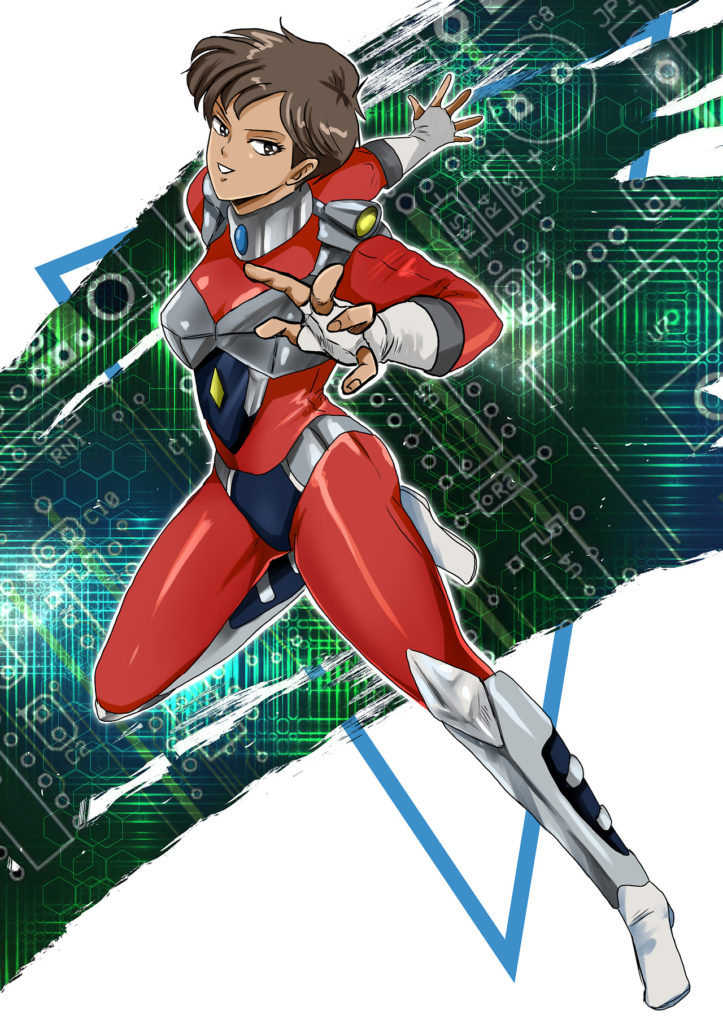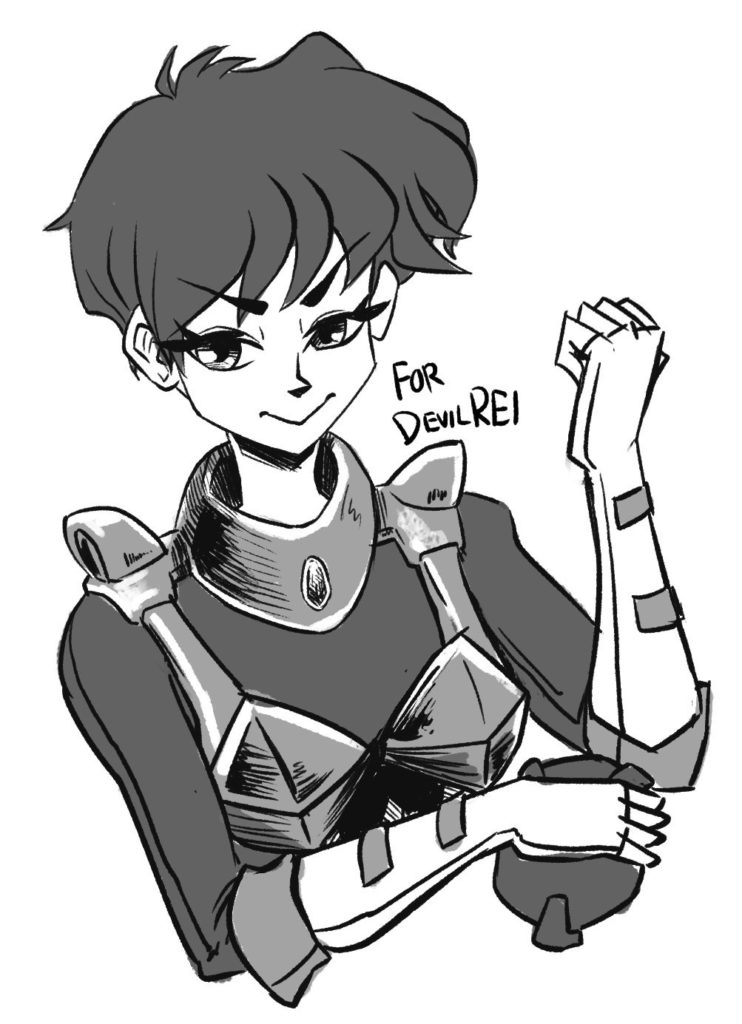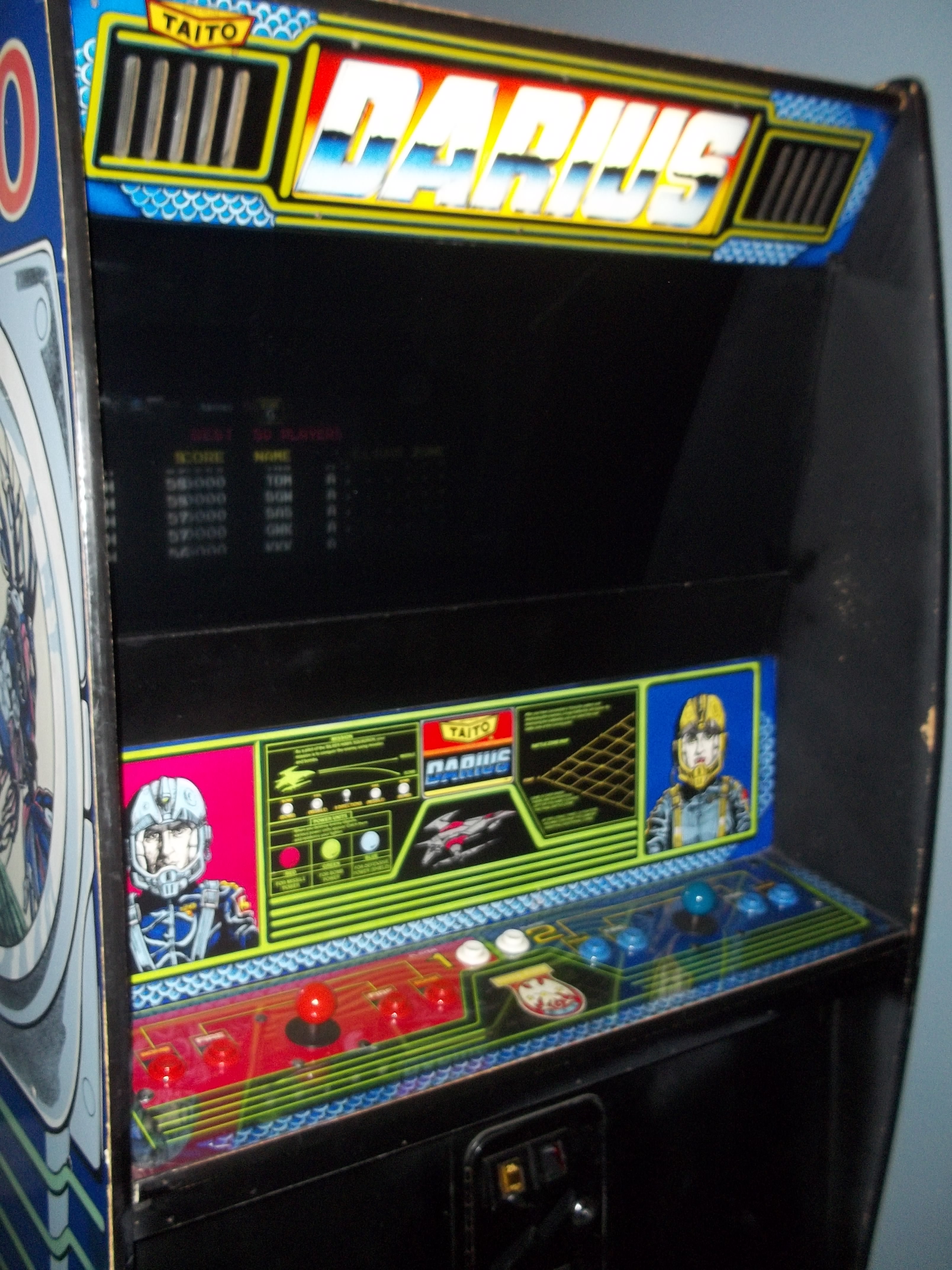I first heard rumblings in some of the Discord channels I hang out in that Twitch was planning something interesting in the fall. It was going to be a charity marathon, but with a twist: a focus exclusively on arcade games, a segment of gaming that didn’t really get much exposure outside of a few select streamers and the occasional arcade game run at a GDQ. I received a message from Romscout, Symphony of the Night speedrun superstar and Twitch charity event manager. Was I interested in helping out the event in some way?
I swiftly answered. Yes, yes, a thousand times YES. Jeez, you had me from the words “arcade event!”
The idea was a 48-hour marathon to raise money for Save the Children, to be held in October. The event would have players showcasing both classic and newer arcade games, from Donkey Kong and Track and Field to things like Tetris the Grand Master, some modern pinball games, and Beatmania IIDX. I wanted to at least help promote the event and get the word out, but I wondered if there was anything I personally could run at the event…
Oh, right. There was Raimais, a game I had spent a month writing a novella’s worth of text about. But despite having written extensively about it, I had yet to actually complete a single-credit clear (commonly referred to as a 1CC). There was a little over a month until the event. Could I manage to not only juggle work and site responsibilities, but also route the game and master a path that would take me to the end with as few deaths as possible?
It was a daunting proposition, but after proclaiming so much love towards this obscure little Taito game, I felt like I had to carry its torch at what came to be called Arcade Superplay Expo.
“Put me down for Raimais,” I told Romscout. From that point on, I was officially committed.
It definitely wasn’t an easy task: for the first week or two I was diligently making notes, drawing powerup locations and scribbling level notes in a small Ubisoft notebook I’d been given for being runner-up in PAX West Jeopardy. When Jed from our discord channel showed me a custom Raimais level viewer he had whipped up, I was floored and overjoyed. This was going to make the process so much easier!
Finally, after hours of diligent practice, I got my first Raimais 1CC a week before the event was set to start. Now I had to find a way to try and make it consistent for my run, which had been slotted in at a risky 3:20 AM PST timeslot in the schedule. (It was originally set for around 7 AM, but I felt it would be better to try and stay up late than attempt to wake up early.) The event was fast approaching, and I had a review of a big-name JRPG on my freelance plate at the same time. There was so much going on, so much to do… and I couldn’t have been more excited for what was to come.
